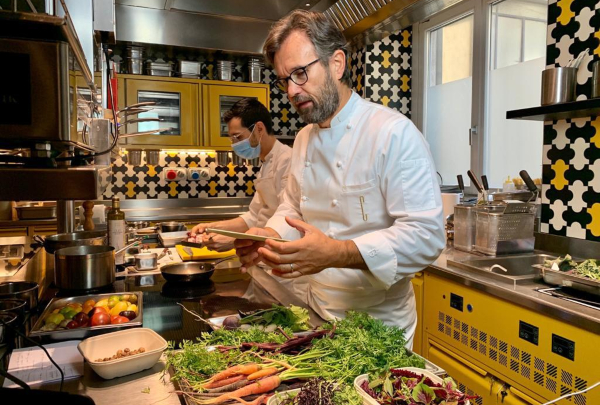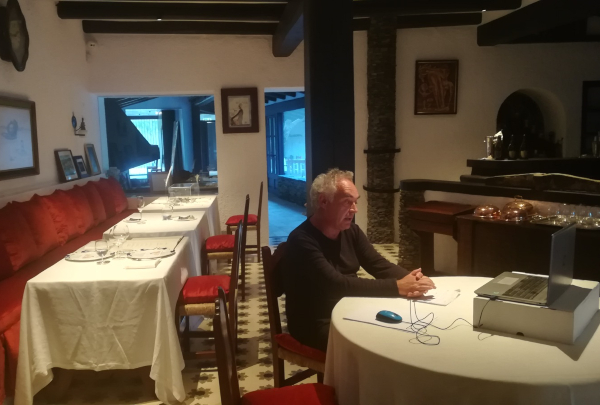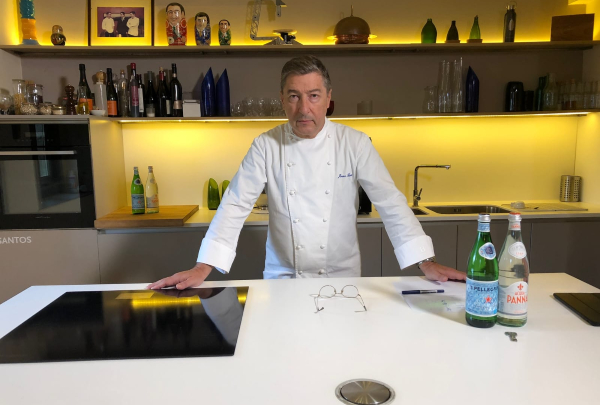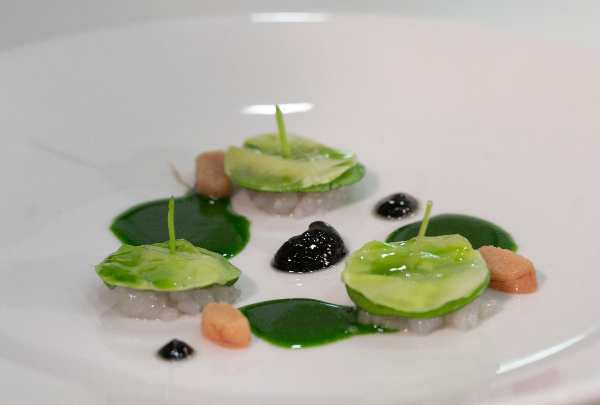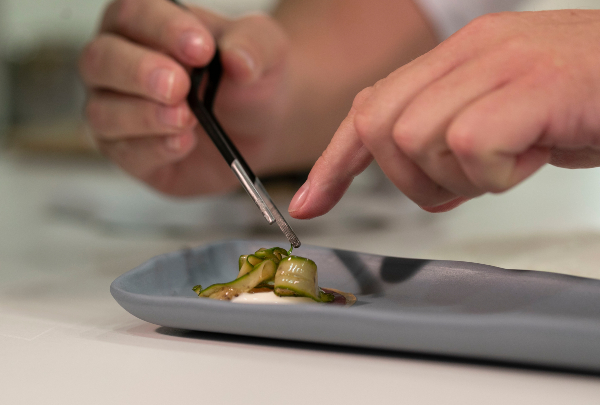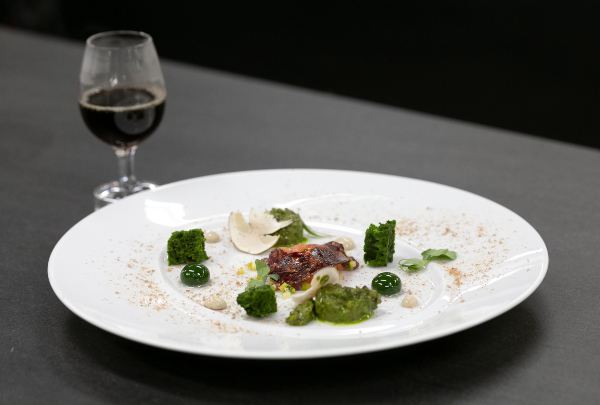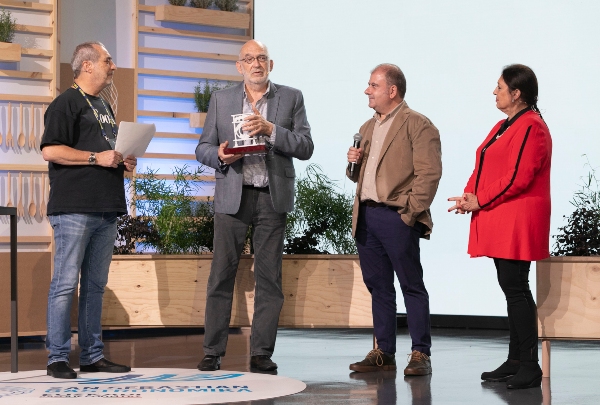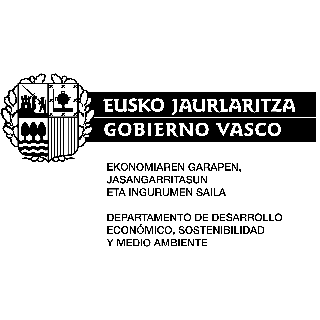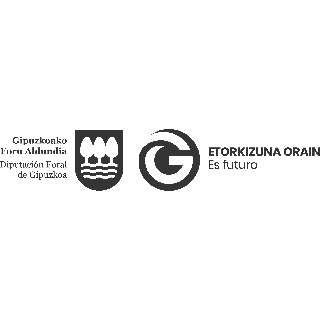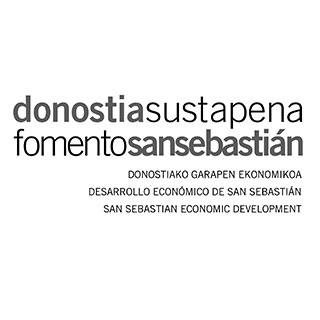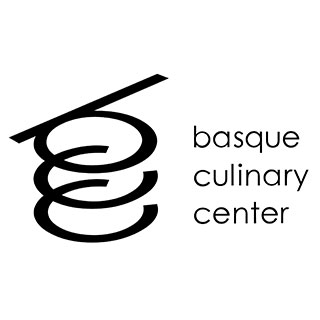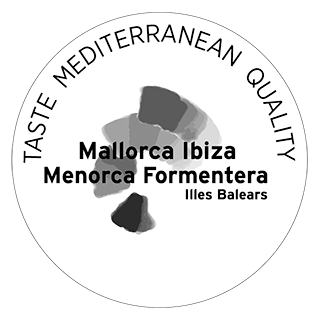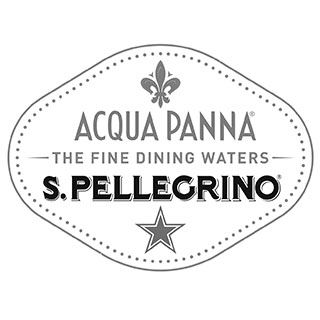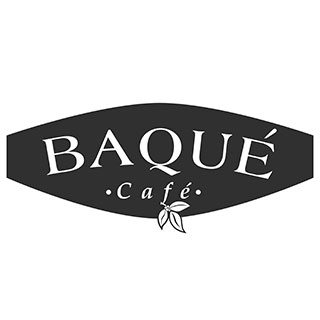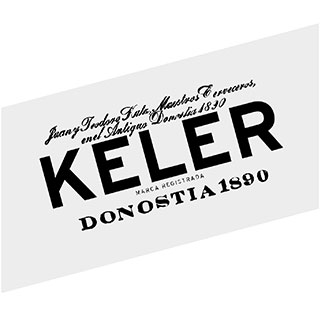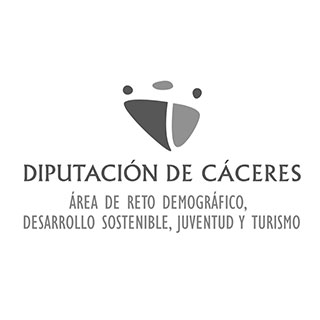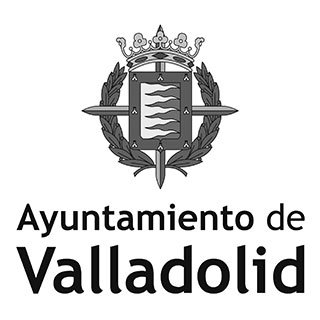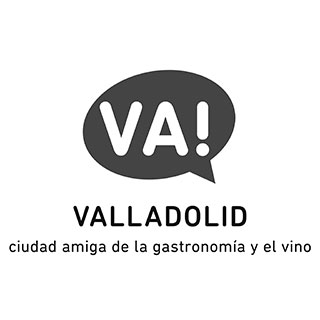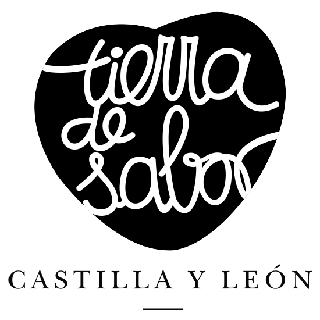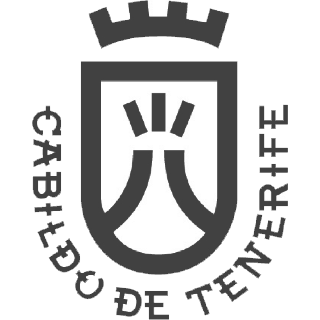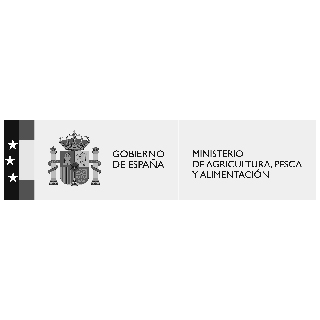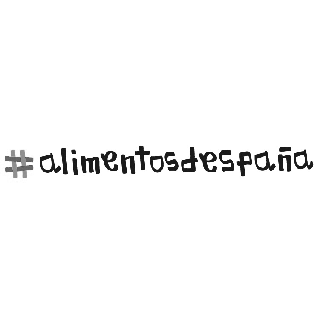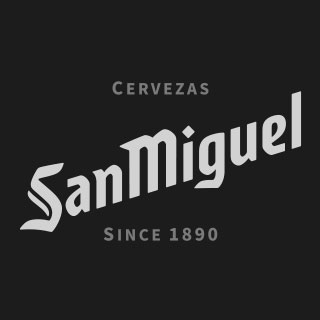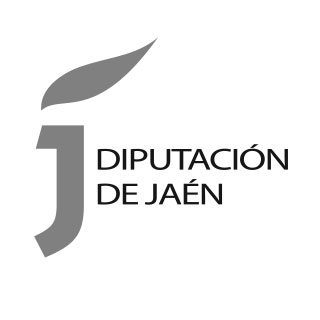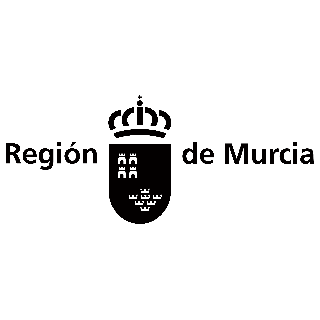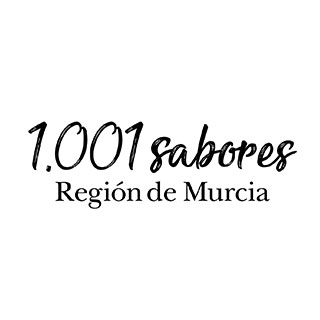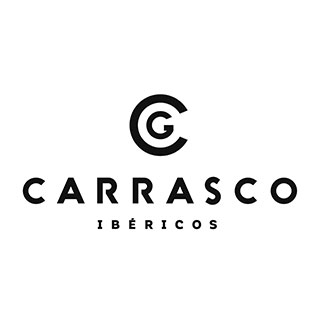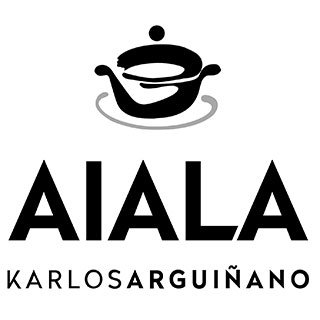News
Chickpeas. From traditional stews to avant-garde
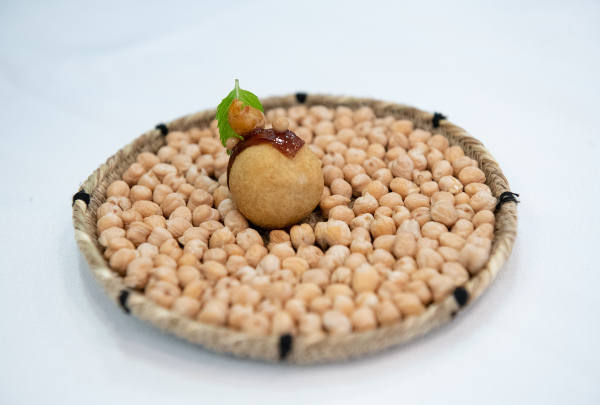
Eight chefs from all over Spain compete to produce the best recipe based around chickpeas, a healthy and sustainable food.
The versatility of the chickpea makes it the star of countless dishes, from tasty traditional stews to new creations that highlight its culinary virtues. In this area, Castile and León can talk about legumes with a capital L, as the “Garbanzo de Fuentesaúco” (chickpea from Fuentesaúco) has been awarded the status of Protected Geographical Indication, recognised by the European Union, and the Pedrosillano Guarantee Mark, which provides assurance of its exquisiteness.
The international San Sebastian Gastronomy - Euskadi Basque Country congress and Tierra de Sabor, the quality food brand of Castile and León, would like to showcase a product that is modest in price and a delicacy on the table with the 1st National Chickpea Championship. The competition aims to put healthy, sustainable food back in the spotlight.
The finalists are chefs from eight restaurants in Andalusia, Asturias, Catalonia, Galicia, Castile-La Mancha, Castile and León and the Community of Valencia. They are Charo Carmona, Diego López, Txema Martínez, Víctor Martín, Pedro Martino, Xosé Magalhaes, José Ignacio Herráiz and Germán Carrizo.
A jury made up of chefs, technicians and specialist journalists, headed by the new president of the Spanish Royal Academy of Gastronomy and director of Madrid Fusión, Lourdes Plana, will be responsible for deciding which of the eight entries is the star dish of chickpeas, after a rigorous blind tasting. The championship will be broadcast from the Fernando Pérez International Cooking School in Valladolid.
The eight finalists are as follows:
Arte de Cozina Restaurant. Antequera, Málaga. Chef Charo Carmona uses Pedrosillano chickpeas to make her 'olla podrida' (meat and chickpea stew), heir to the Sephardic adafina (a savoury stew), based on a recipe compiled by Francisco Martínez Montiño in his book 'Arte de cocina' (The Art of Cooking) (18th Century). An advocate of updated traditional cuisine, she prepares a stew using 15 types of meat. She makes a little ball with puréed chickpeas, stuffed with the shredded meat, and another with 'pringá' wrapped in cooked cabbage.
Pascuais Eventos. Lugo. Diego López also uses Pedrosillano chickpeas to make a traditional stew, to which he gives a touch of seafood with turbot and codium seaweed. He prepares two fumés, one with fish skins and the other very reduced using bones roasted previously in the oven, which gives more creaminess to the stew. With the stew at the bottom, he serves a slice of steamed turbot and a biscuit made of seaweed and chickpea flour.
Bodega Aposta. Barcelona. Txema Martínez also uses Pedrosillo chickpeas to make a traditional Catalan stew, in this case with prawns. The base is a red fish fumé, a sauté with onion, garlic and grilled tomato, and chopped almond, pine nut, saffron and parsley. The stew is finished in the oven as usual with the peeled tail and head of the prawn, which needs to be crushed up to mix the tasty ensemble with the stew.
Trigo Restaurant. Valladolid. Chef Víctor Martín, who has been awarded a Michelin star, will present a sea and mountain dish using the Predosillano chickpeas as the main ingredient, together with oxtail and prawns. He bones the stewed oxtail from Tudela de Duero and cuts it into small cubes once cold; he then cooks the chickpeas in the broth and prepares a meringue with the mixture. He prepares a ‘biscuit’ using chickpea flour and caramelised prawn heads.
Pedro Martino Restaurant. Caces, Asturias. Pedro Martino had a Michelin star, which he lost when the business ceased trading, but he has returned to Caces. This recipe is based on the pincho format, which he dominated. In fact, in 2013, he won the 1st National Pincho Competition in Valladolid with a chickpea stew coulant that he has reworked so that he can take part in this first Tierra de Sabor chickpea competition. On top there is a layer of cold tendons, sherry vinegar pearls, fried chickpeas and mint on top.
Ceibe Restaurant. Ourense. Having just opened a restaurant in the capital of Ourense, Xosé Magalhaes and Lydia del Olmo, from Valladolid, will compete with a stew made of Pedrosillano chickpeas with beef cheeks and cod tripe al pilpil. This dish, which is a reinterpretation of the traditional Galician recipe of tripe with chickpeas, has the stew at the bottom and on top of it a fine layer of tendons, the cod tripe al pilpil, salicornia and pickled spinach.
Raff San Pedro Restaurant. Cuenca. José Ignacio Herráiz will present a traditional Lenten pottage, to which he will add a modern touch with a puff pastry coca, which contains cod, creamy chickpeas, pickled onions, local herbs and crunchy spinach. He makes the pottage with onions, carrots, leeks and cod tail that has not been desalted, which he then removes. He adds a stir-fry of spinach with pieces of desalted cod and chopped pieces of fried bread, dried tomatoes, saffron and parsley.
Fierro Restaurante by Germán Carrizo and Carito Lourenço. Valencia. Valencian chef German Carrizo has chosen a cold stew based on chickpeas from Fuentesáuco, squid, mint and oregano. He makes a jelly from the broth from cooking the stew, which he surrounds with a hummus made of chickpeas (tahini, yoghurt and cumin). He serves the dish with a raw squid meatball and powder or flour from the same chickpeas and an air from cooking the legume.
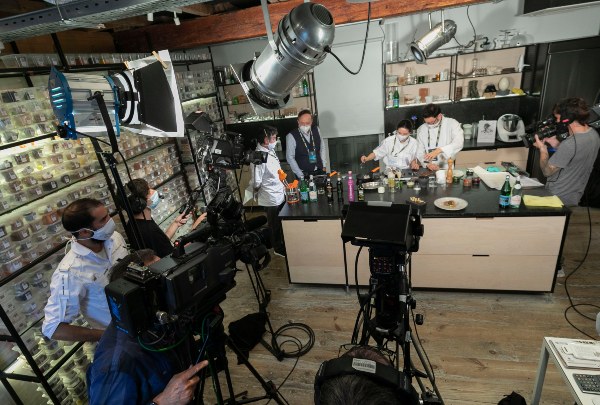
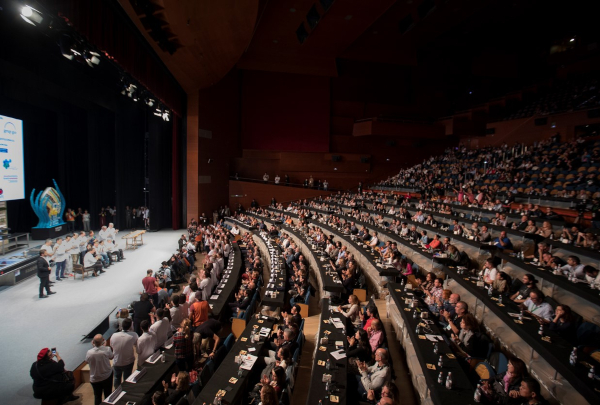
.jpg)
